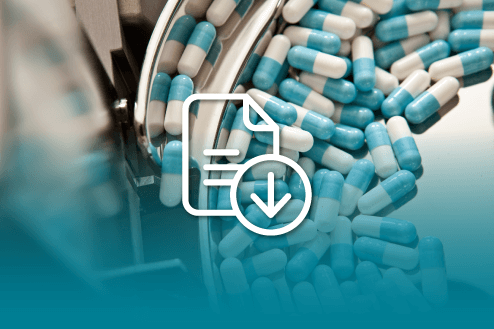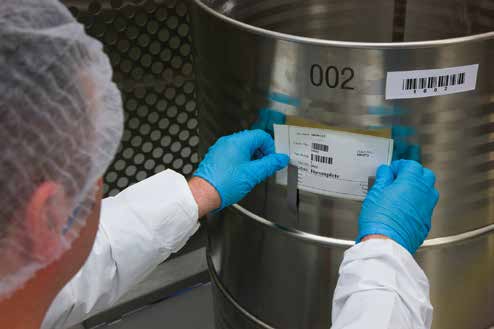 Back to news
Back to news
CI Microbalances are Equipment of Choice for University of Lisbon Department of Chemistry & Biochemistry
Created in 1911 and with a heritage dating from 1619, the Faculty of Sciences of the University of Lisbon (FCUL), includes some internationally highly-ranked Research Centres and Institutes. Together with high level research, its purpose is to give a strong foundation to students in areas of science such as Mathematics, Physics, Biology, Geology, Chemistry and Biochemistry, among other emergent areas of science. At the Department of Chemistry and Biochemistry, Assistant Professor João Pires da Silva teaches and leads a team of researchers, including Master, PhD and post-doc students, in adsorption studies. The team has used CI Microbalances for several decades in its work relating to the preparation and application of porous materials. Professor João Pires da Silva explains the importance of the accuracy obtained from the CI Precision microbalance equipment in this type of research:“Our department currently has three microbalances in operation from which we obtain the adsorption isotherms showing the adsorbed amounts of gases, in particular hydrocarbon vapours. From this type of data we get information on the structural characterisation (porosity) of the materials that cannot be obtained by other routine techniques of characterisation of porosity. We also obtain adsorption capacities for selected noxious volatile organic compounds, to evaluate the possibilities of using a particular material as adsorbent.”The samples are normally about 50mg in size and consist of powders or extrudates. The gases used in the experiments are essentially vapours which are dosed from a reservoir of the relevant liquid within the high-vacuum apparatus. Typically, one adsorption isotherm of a hydrocarbon vapour in a porous material such as a zeolite, an activated carbon, or clay based materials can take between two days and a week. The resulting data is exported and analysed in Excel. Prof João Pires da Silva explains his decision to use CI Microbalances:
“Essentially it is the quality/price relation. Also, CI provides good support as when we ask for something we always get the answers we need.” He adds, “Based on past experience, and for the reasons mentioned above, I would recommend CI equipment.”The department’s work involving CI Microbalances can be found in specialised Journals including:
- Journal of Chemical Engineering Data 2003, 48, 416-420
- Microporous and Mesoporous Materials 111 (2008) 612–619
- Journal of the American Chemical Society 133 (2011) 6396-6402
scarica come pdf
Download PDF



